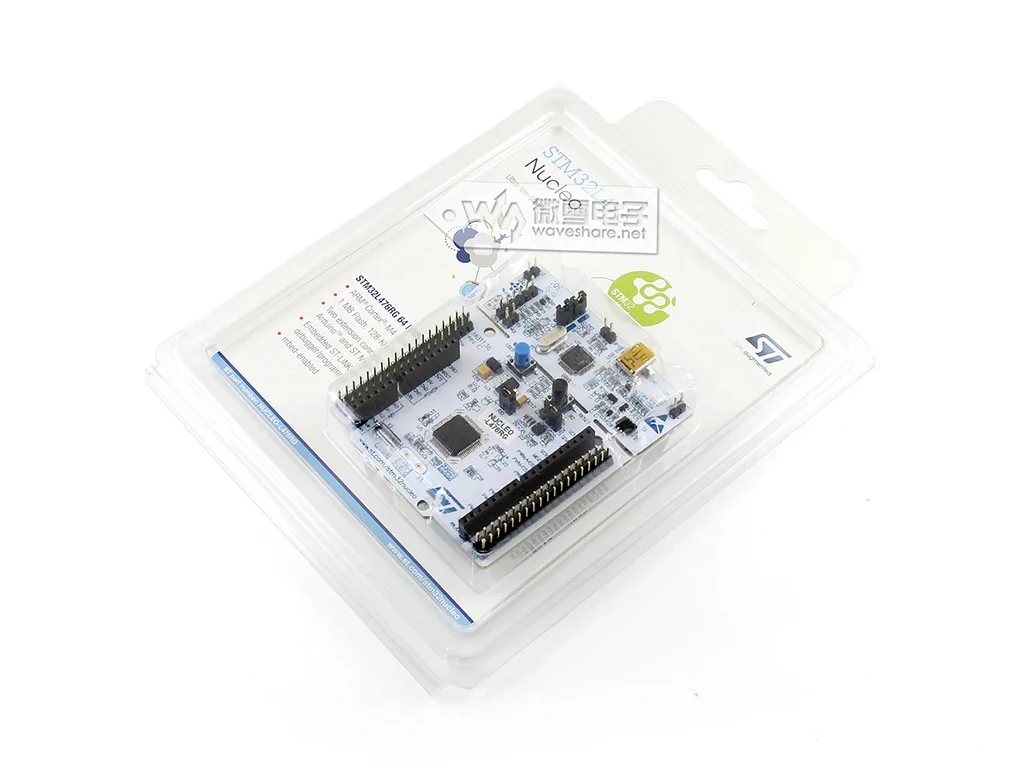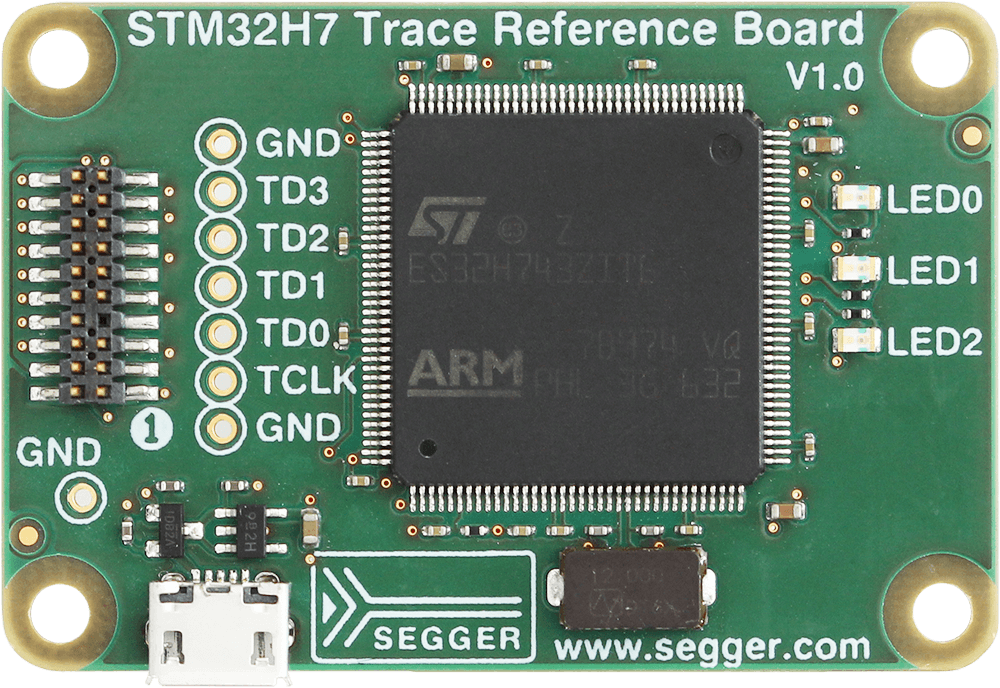

Call me picky but i think this is far too big of a change for a simple revision.
Stm32h7 nucleo manual#
Tho the HAL libraries did receive some updates for the new registers. Introduction This document must be read along with the technical documentation such as reference manual (s) and datasheets for the STM32H7 single-core microcontrollers, available o.
Stm32h7 nucleo software#
There own STM32CubeMX software that generates initialization code for you, has at the moment no way of telling it what revision chip you have so that it could set it up accordingly. There is a pretty hefty list of changes, enough for them to write app note AN5312: Some of the major changes are: -Changes to the flash writing sequence -Changes to the pinmux by adding extra alternate functions to pins -Overhaul of a lot of USB controller registers -ADC Now has a extra 'divide by 2' on its clock inside it, making existing clock configurations too slow -Changes to the ADC registers (For example a value in a register that used to set the ADC to 8bit mode is now setting it to 'reserved' so likely doesn't work) So quite a bit of existing firmware could fall on its face when run on the new revision chip. They are all the same partnumber with no special sufix after it so when you buy any STM32H7 in the future it will be the luck of the draw if you get the 400MHz or 480MHz version (At least until all old stocks around the world are depleted). But since the revision is brand new all chips you buy from Digikey, Mouser, Farnell/Avnet. The front page of the datasheet claims 480MHz (With no mention of the older 400MHz). Thus, in order to jump to the bootloader, address '0x1FF09800' should be used instead of '0x1FFF0000'.
Stm32h7 nucleo series#
This is not something that commonly happens with just a revision, but ST has already changed all of its specs and datasheets to reflect this: All the chips in the STM32H7 series now claim 480MHz. In STM32H7, the base address of system memory is different from the entry point of the bootloader.

return usart_write(platform_get_console(), (u8 *)ptr, len) įinally I start the trace in the SWV console in the IDE but I get no output.Īny idea what I am missing ? What about the core clock of the SWV ? I'm not sure what it corresponds to.This month the entire STM32H7 series of high performance ARM microcontrollers has gotten a new revision "V" So whats so special about a little bit of a chip revision? The first thing to notice is that the max CPU clock speed has changed from 400 MHz to 480 Mhz. If (((ITM->TCR & ITM_TCR_ITMENA_Msk) != 0UL) & /* ITM enabled */ I've modified my _write function as follows: static inline unsigned long ITM_SendChar (unsigned long ch) #write 1 to ITM trace privilege register to unmask Stimulus ports 7:0 Find the right STM32 Nucleo Boards for your next design. Prices and availability in real-time, fast shipping. # Write 0x1 to the ITM Trace Enable Register to enable the Stimulus Port 0 Order STM32 Nucleo Boards direct from STMicroelectronics official eStore. # Write 0x00010005 to the ITM Trace Control Register to enable the ITM with Synchronous enabled and an ATB ID different from 0x00 # Write 0xC5ACCE55 to the ITM Lock Access Register to unlock the write access to the ITM registers # Enable Debug connection in low power modes (DBGMCU->CR) + TPIU for SWV # if the code is not located at default address and does not run by reset. # Reset the chip to get to a known state. I'm not sure it is necessary since TrueStudio/Eclipse allows to setup SWV from the GUI but seems easier this way: # Set character encoding I've modified my startup script as described in STM32L4 reference manual as follows. The STM32 Nucleo-144 boards provide an affordable and flexible way for. On Atollic I modified my Debug Configuration to enable SWV with a core clock of 80MHz. The STM32H7 has possibly the best (specified) fast ADCs of any MCU with 3 x 3. One is used for STM which are male pins and the second are female pins used for Arduino. In STM32 Nucleo there are two types of connection pins.
Stm32h7 nucleo 32 bit#
It has an ARM Cortex 32 Bit microcontroller that comes only in a single package LQFP. I want to migrate to printf using STM32 ITM. STM32 Nucleo F401RE is a low cost and quick to use a development board. Until now I was using printf through UART, thanks to the Virtual COM port. I am developping a Firmware on various STM32L4 Nucleo boards with Atollic Truestudio IDE (basically Eclipse).


 0 kommentar(er)
0 kommentar(er)
